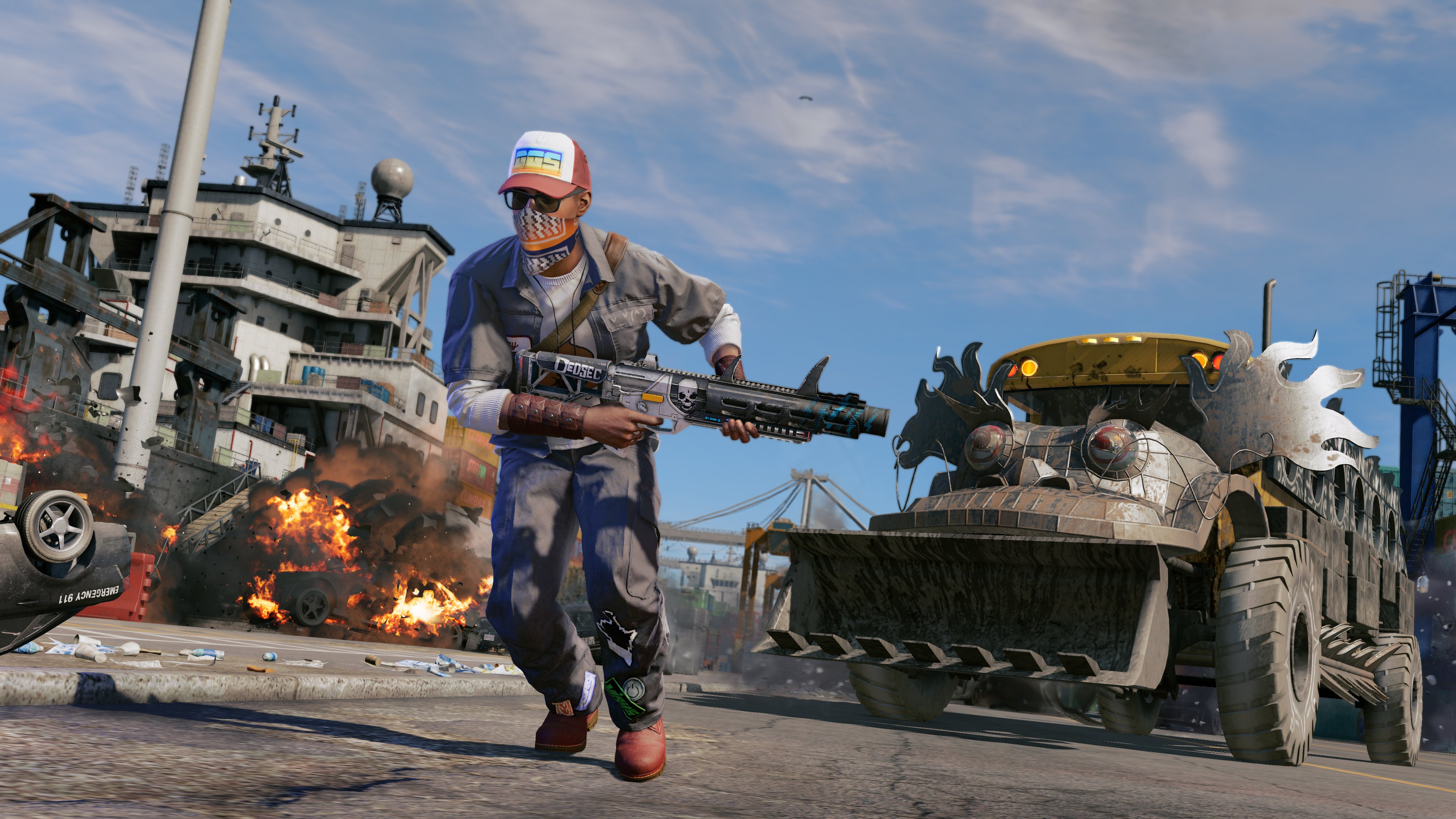It still seems like yesterday that Watch Dogs 2 was revealed. But with its release coming in November, the developers are keen in showing how not only how much of a leap Watch Dogs 2 has made since its predecessor, but also the setting of the Bay Area, and how it's given the next entry in the open-world hacker game a style and substance of its own. During a special hands-on session at Ubisoft SF's offices, we got to play two hours of content and see what sort of tricks this game has up its sleeve.
Since the events of Watch Dogs 2, the Blume Corporation has expanded to the West Coast and launched the upgraded ctOS 2.0 in the San Francisco Bay Area. With everyone connected, the evil corporation is now able to keep tabs on not only regular citizens, but also the powerful companies that populate San Francisco and the accompanying Silicon Valley. After being wrongfully convicted of a crime by ctOS, Marcus Holloway, a brilliant young hacker from Oakland, realizes that ctOS 2.0 causes more harm than good. Teaming up with other local hackers, they head up DedSec's new San Francisco chapter and plot to stop the Blume Corporation's control of the Bay Area.
The Watch Dogs franchise has had a unusual history. After turning many heads after its surprise reveal at E3 2012, the original Watch Dogs got a lot of people excited about the prospect of an open-world hacker action game. While it ended becoming one of Ubisoft's most successful launches for a new IP and was a largely solid game, a lot of players—and that includes me—felt it missed the mark and lacked a certain something, despite such a rich concept. Speaking with creative director Danny Bélanger, we talked about how WD2 overhauls much of the existing structure of the previous game, and how the new setting has given the franchise a fresh and exuberant energy to it.
"What we wanted to do was to have stronger tech themes, like really talk about technology. We also wanted to have a shift in tone, to talk about those themes differently," said the creative director. "We listen to the fans. We read the good, we read the bad, and we gather all that info."
"We have our new character Marcus Holloway, he's a brilliant guy and he's very sociable, so you're not alone this time around. You're in a hacker group and the way the story is told is very different now. We have a new open-world structure where exploration is a focus, rather than the game simply telling you where everything is. [Missions] are not linear, and you take most of them on in any order you want."
When you compare the original and its successor, the shift in tone are like night and day. While the first game had some humor to it, it mostly stuck with the broody and enigmatic hacker Aiden Pierce, who was a loner and had issues trusting others. In Watch Dogs 2, hacking the planet is now more of a team effort, and the new central character is eager to meet up with a variety of characters from DedSec's San Francisco chapter. There's an energy to the game that's really infectious. In just two hours, I was invested in seeing these hackers succeed.
One of the impacts from the events of the last game is that DedSec is now well-known and in the public conscience. With the hacker subculture in more of the public eye, the hackers themselves try to keep the public aware of the atrocities and crimes that 'Big Data' is committing. While on my way to the playable mission "Haum Sweet Haum," Marcus travels to DedSec SF's HQ, which is in the basement of a board-game and table-top RPG shop across the street from Dolores Park. While descending the basement, you'll come across graffiti and signs showing that San Francisco's creative community is not only alive and well, they've evolved.
"We discover a lot more about DedSec in this game, now that their group is more well-known and more out in the open," said Watch Dogs 2's creative director. "All the hacker groups are very different, and they often don't have leaders. Which leads to conflict with the members. There are different motivations for why they hack, and we wanted to explore those motivations. Whether it's for hacktivism, or anarchy, we wanted to give players a choice for what they wanted to do with their group."
During this mission, Marcus steals a Haum bot, a robot servant on wheels—much like the ones traveling around the Bay Area's tech campuses—and has DedSec reprogram it to acquire precious data. Eventually, this takes him on a mission to infiltrate a large mansion on the hills of Twin Peaks to bust into a data server. Using his quad-copter drone and RC bot, he's able to hack in and use his parkour and stealth skills to evade the security patrolling the scene. It was a fun mission, and it did well to show off the locale, but also the many themes present in the game. Just prior to starting the mission, Marcus can explore DedSec HQ and talk with the various members and learn more about their background and how they got into hacking.
A cliché as this phrase is, and I'm saying it because it's true, the city is very much a character itself. San Francisco has such a rich history for fostering growth in revolutionary ideas and free thought, but now it's a place that many of the more innovation and creative thinkers can barely afford to live and work in. I had fun just traveling the streets. With SF, Silicon Valley, the Pacific coastal area, Oakland, and Marin to explore, the developers did a surprisingly good job with recreating the Bay Area. Of course, it's not a one-to-one re-creation. For instance, Silicon Valley and SF are neighboring areas, despite being nearly an hour away from each in real life. But considering how traffic can get in SF, I can forgive the more compact map size.
I really enjoyed exploring the city. Not only to recognize the locales, but also to see how civilians would react with me hacking everything I could. The NPC chatter and AI seems way more diverse now, and they're much more easy to provoke than the ones in Chicago. I guess this is another result of how high-rent and growing resentment towards the tech community manifests itself. This divide between the new and old versions of the Bay Area is something the developers plan to not only poke fun at it, but also examine.
"The Bay Area brings a lot of color and culture, which what we wanted for this game," said Bélanger. "The counter-culture and the birth of [new and radical] technology, all in one place. With the Silicon Valley, where the technology is born, it gave us a strong opportunity to create a strong narrative."
Regarding current politics, the creative director added that they crafted an original story that examines these issues, but still largely tells its own story.
"We definitely want to talk about San Francisco, and the subjects and issues that are present to this day will be talked about in one form or another. With that said, it's a work of fiction and we don't target a specific [real] company or organization. However, issues like gentrification and other will touched upon, because it makes our game feel more real if we do. We talk about the real things that are going, and it honestly makes for a better game to focus on such issues that happening in the real world. Or close to it."
I was really excited to see how the developers would interpret SF through the eyes of game series that's seeking to be subversive. The Bay Area is a wonderful location, and Watch Dogs 2 has done a faithful job of re-creating the vibrancy, but also the troubles it's plagued with. Granted, this is still an open-world action game where you hack everything with a phone, but I'm still pleased that it's at least talking about issues like gentrification, middle-class displacement, and the overall social class divide.
There's an infectious energy and to the game, and I'm very excited to get the chance to explore Watch Dogs 2's take on SF again later this year. Watch Dogs 2 is set to be released on November 15, 2016 for PS4, Xbox One, and PC.
watchdogs-2
-
watchdogs-2 #1
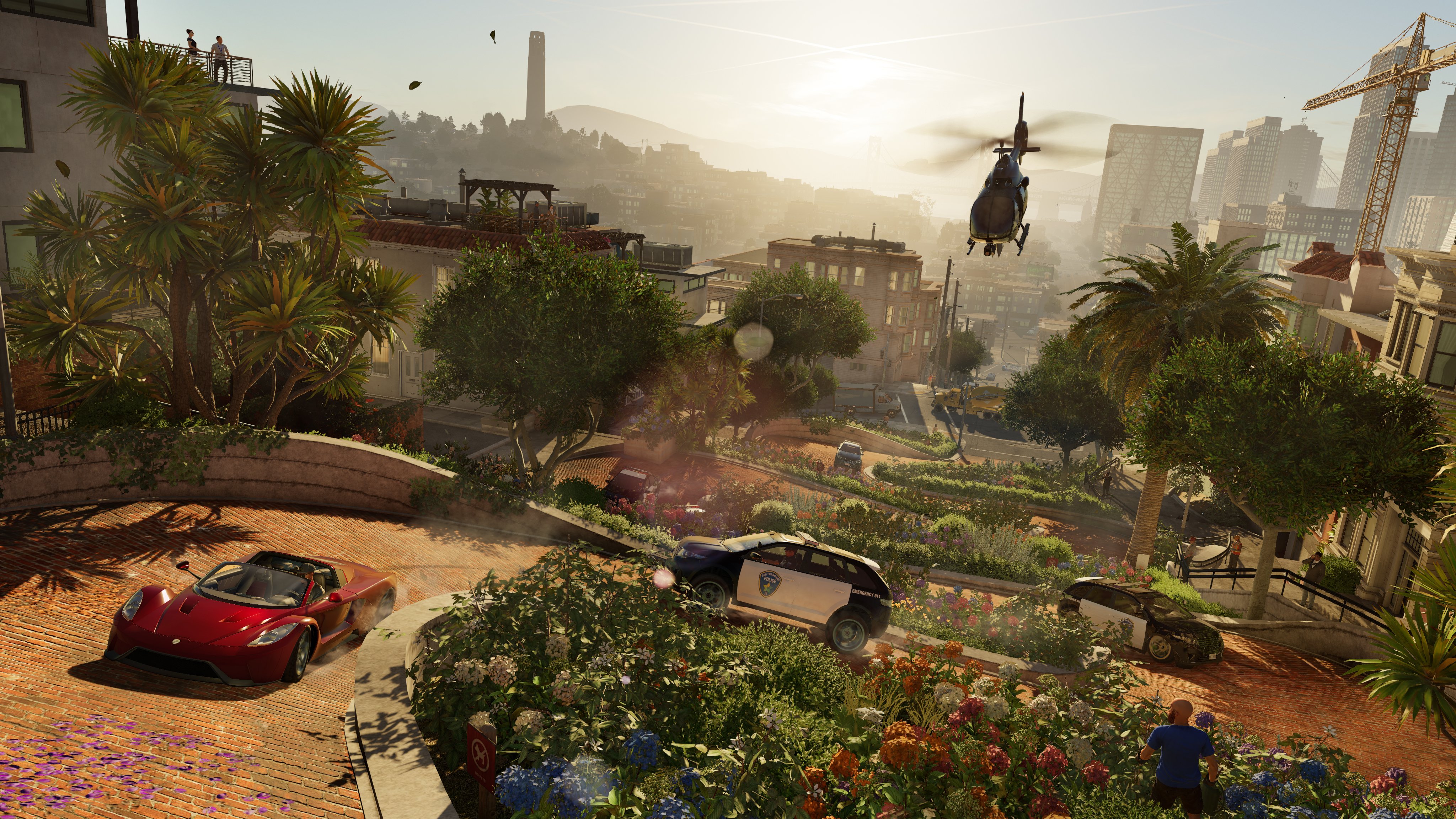
-
watchdogs-2 #2
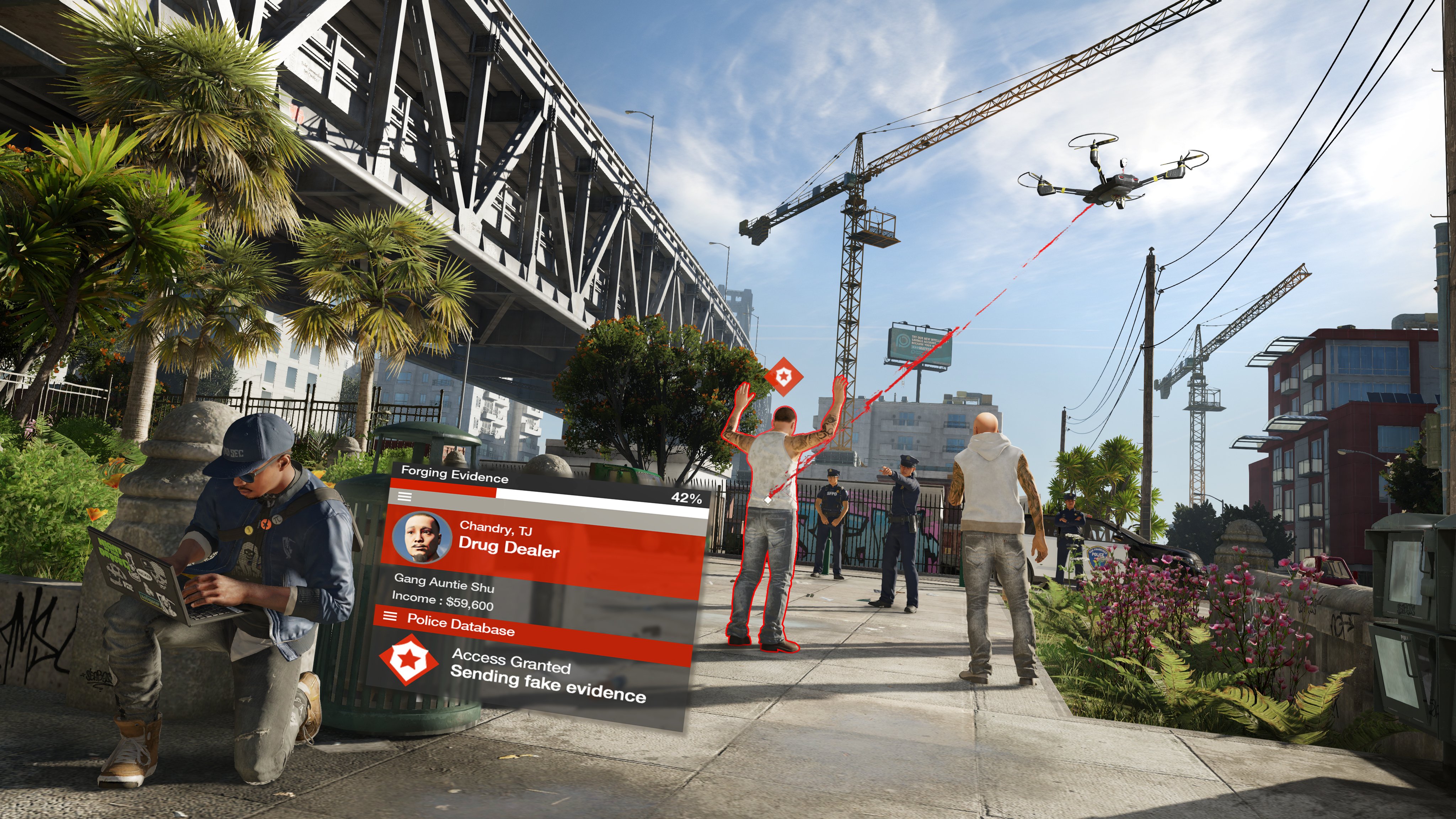
-
watchdogs-2 #3
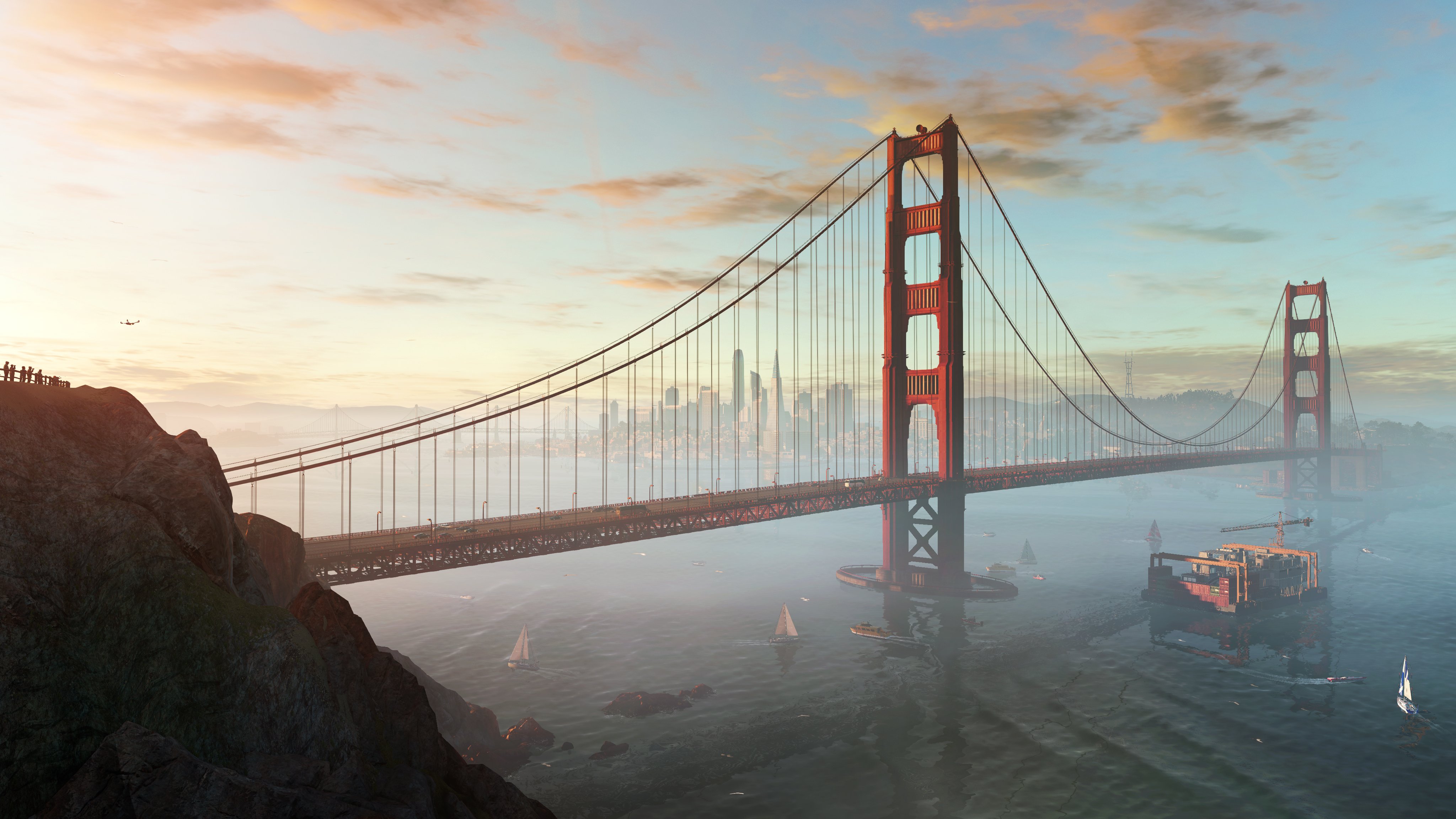
-
watchdogs-2 #4
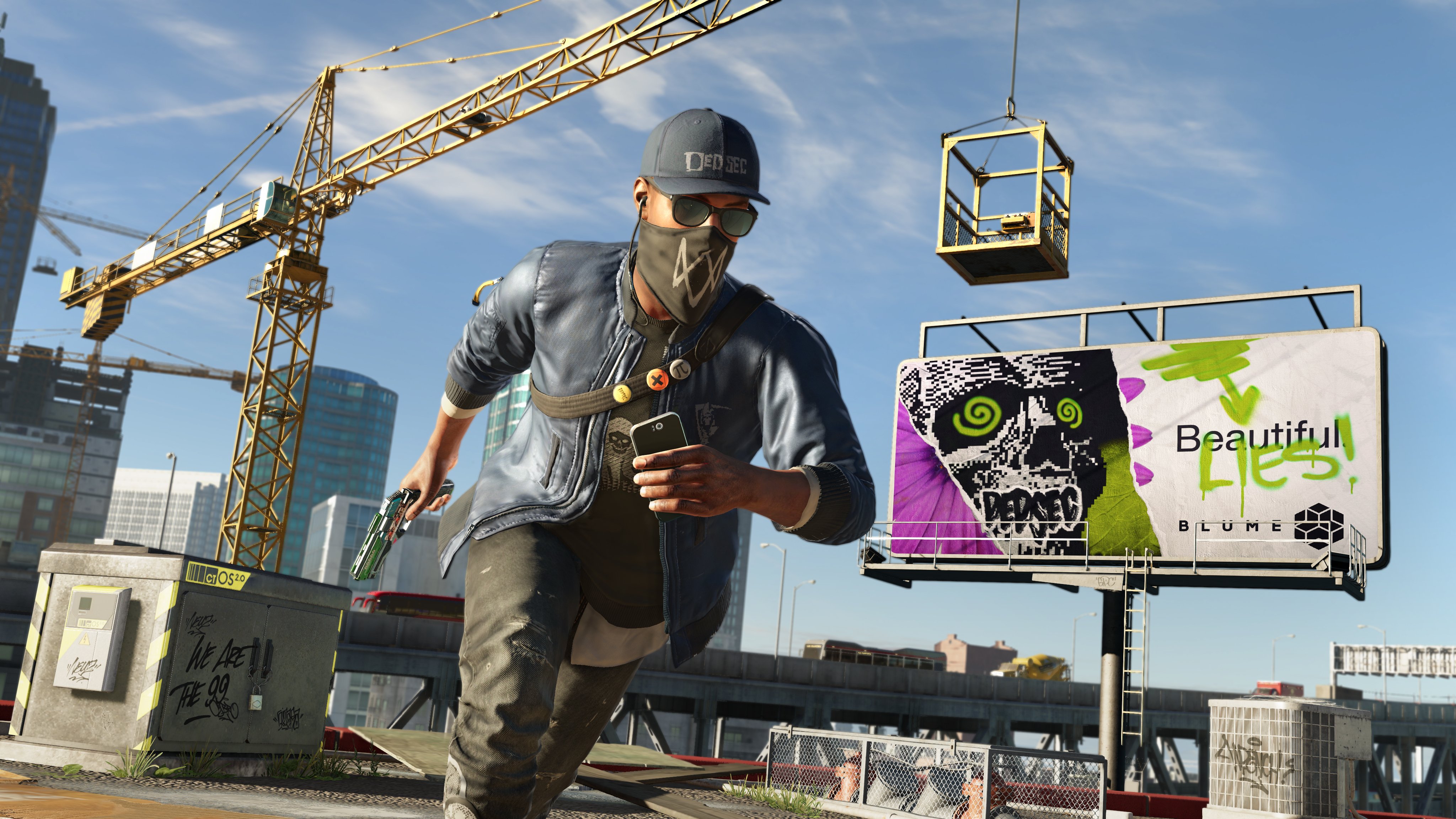
-
watchdogs-2 #5
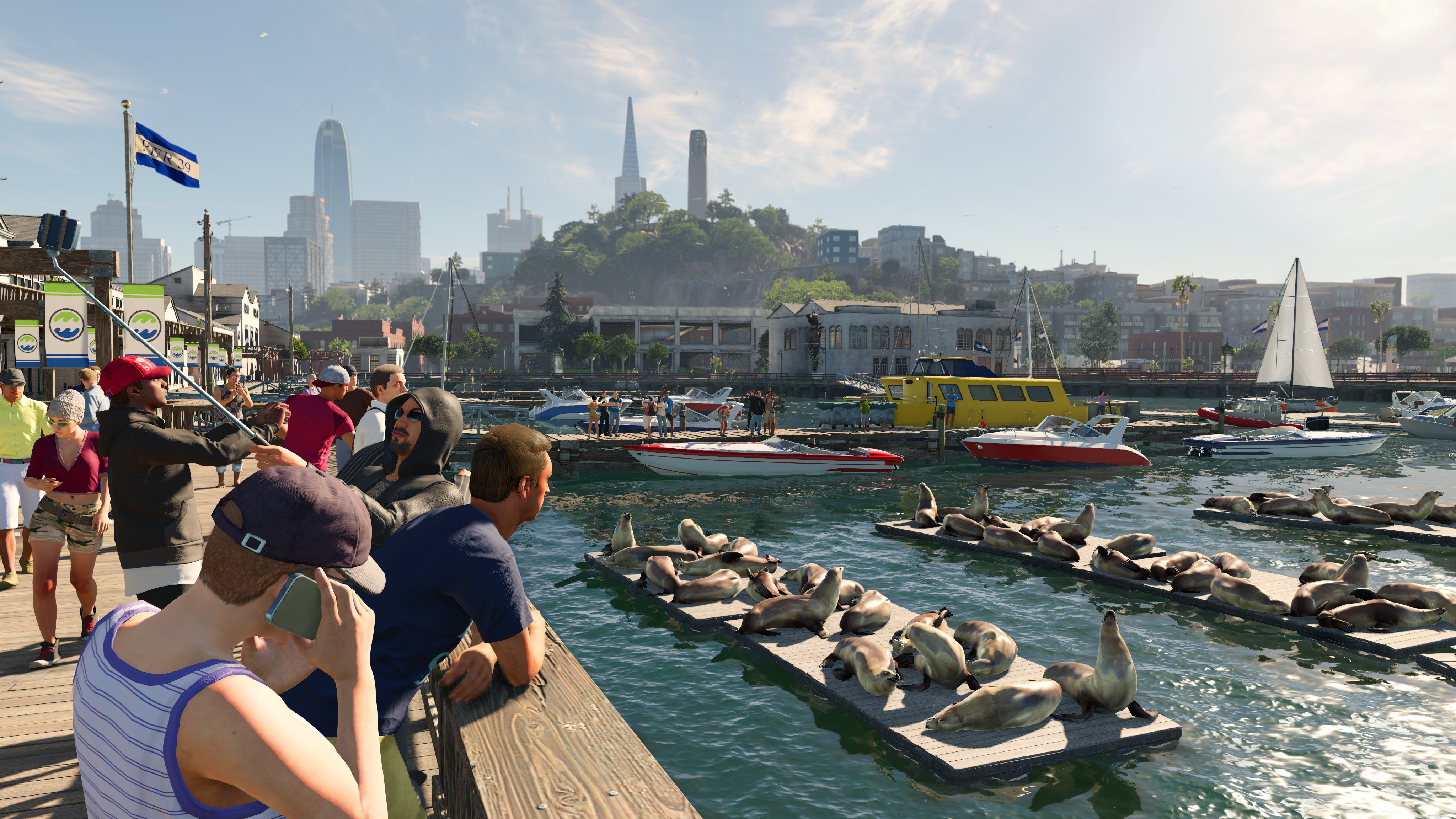
-
watchdogs-2 #6
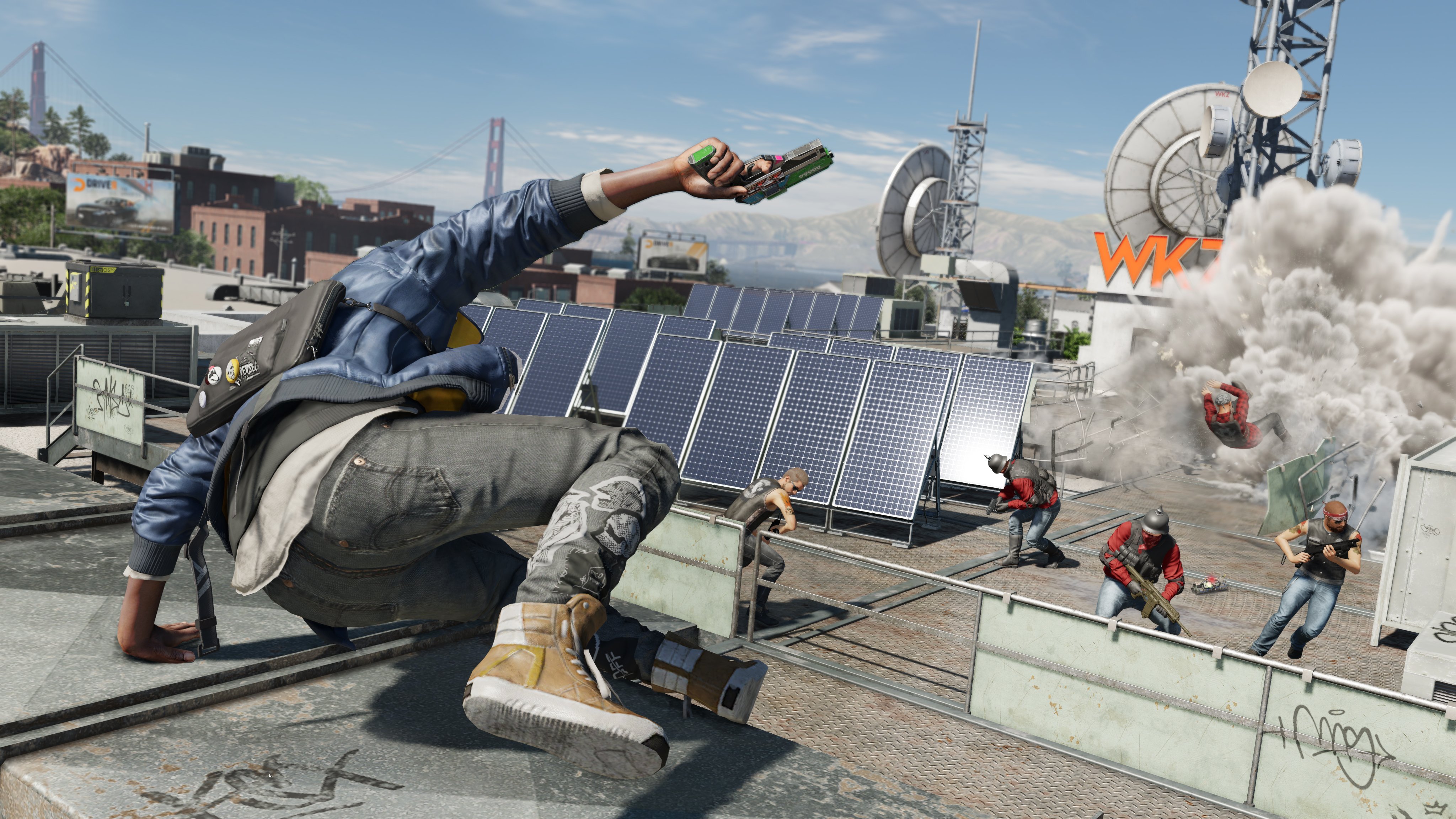
-
watchdogs-2 #7
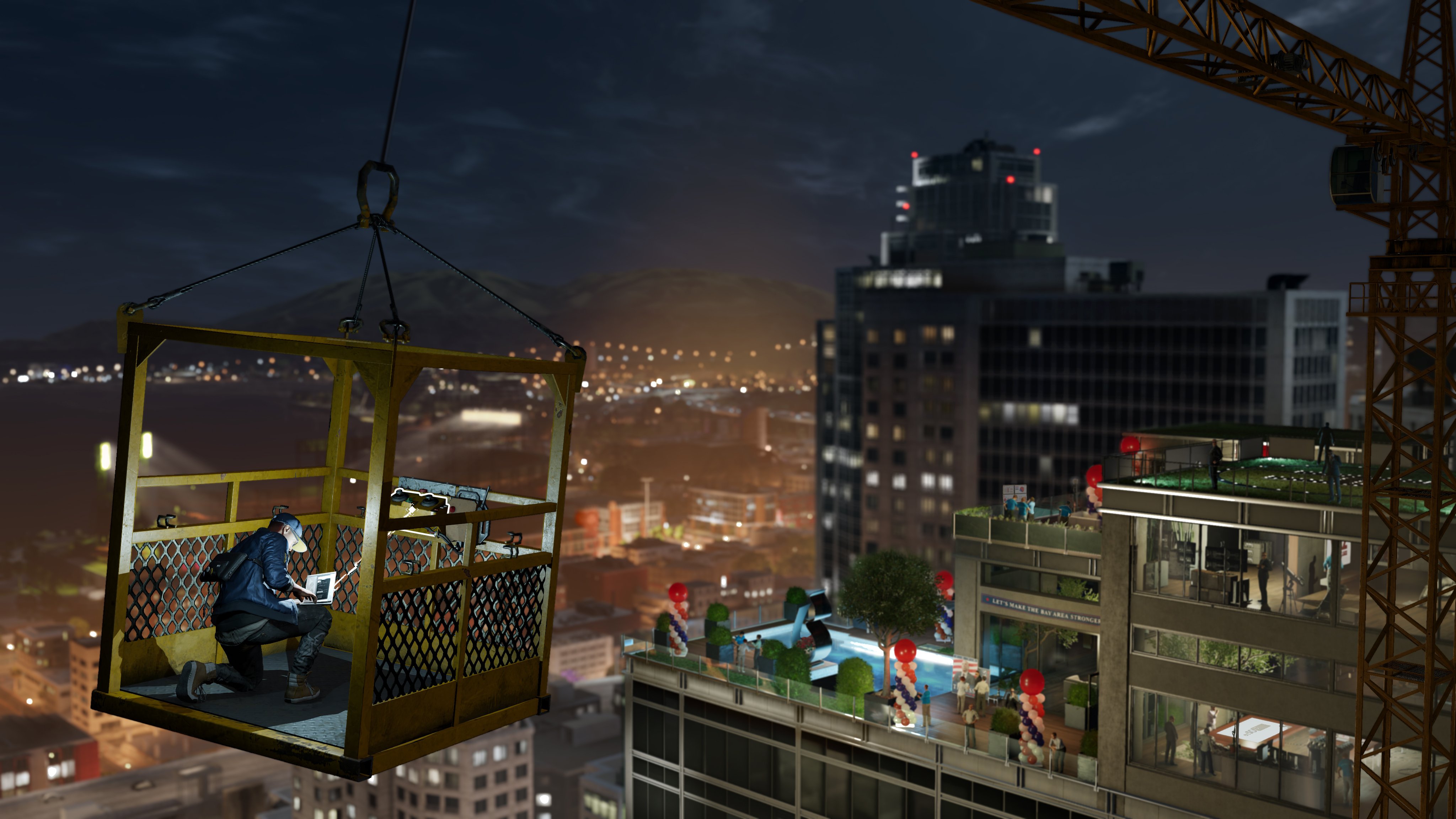
-
watchdogs-2 #8
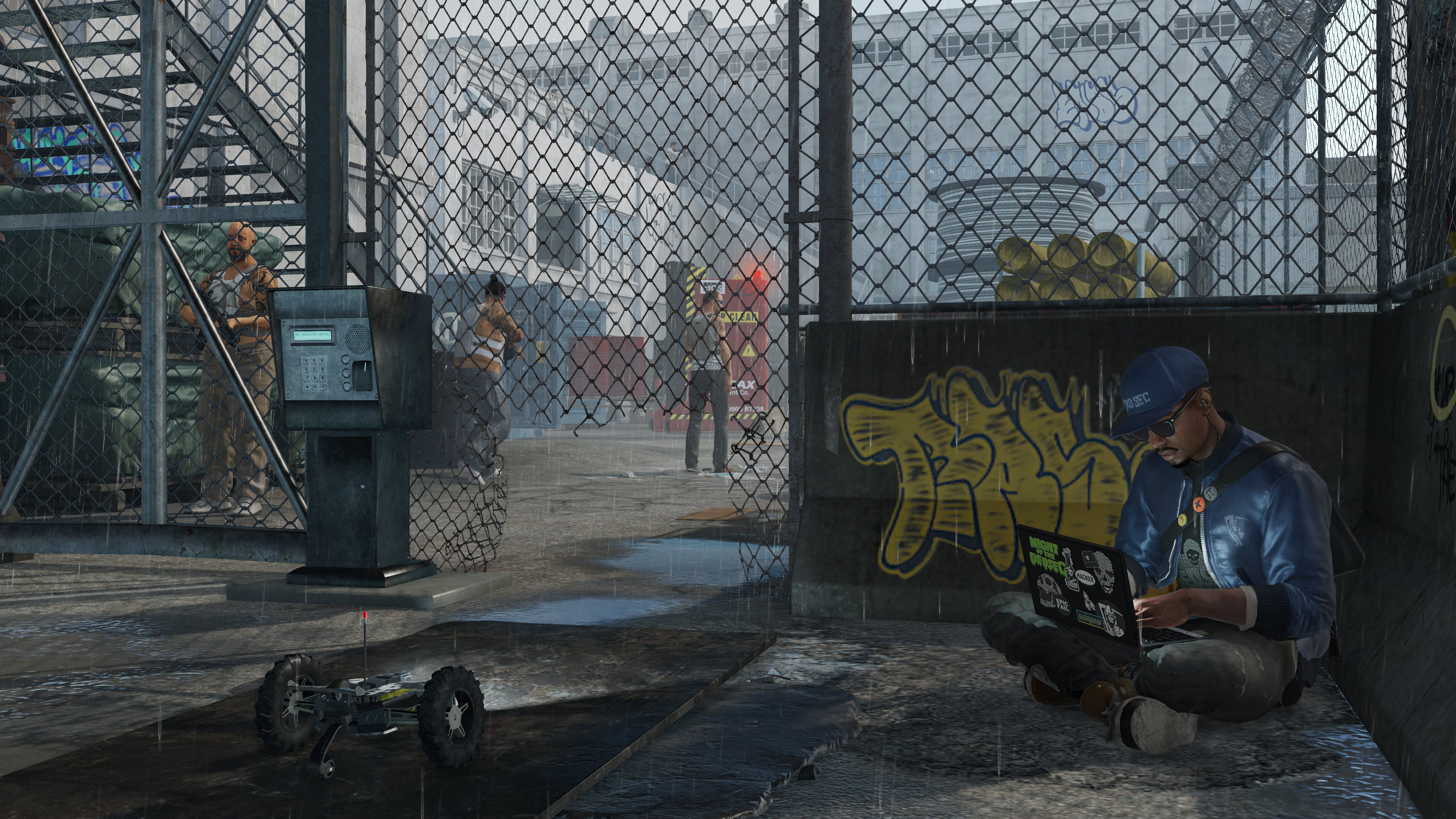
-
watchdogs-2 #9
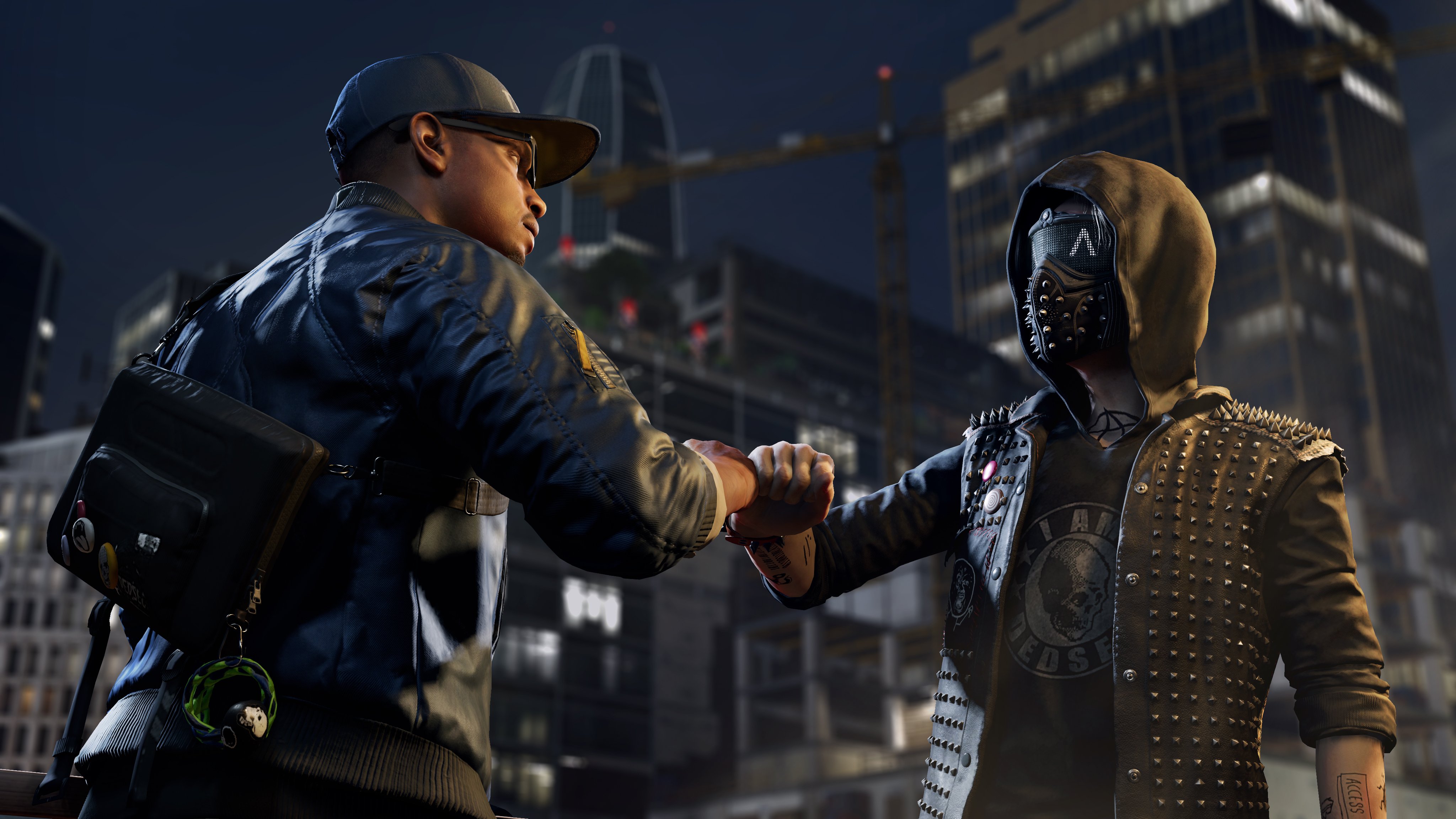
-
watchdogs-2 #10

-
watchdogs-2 #11
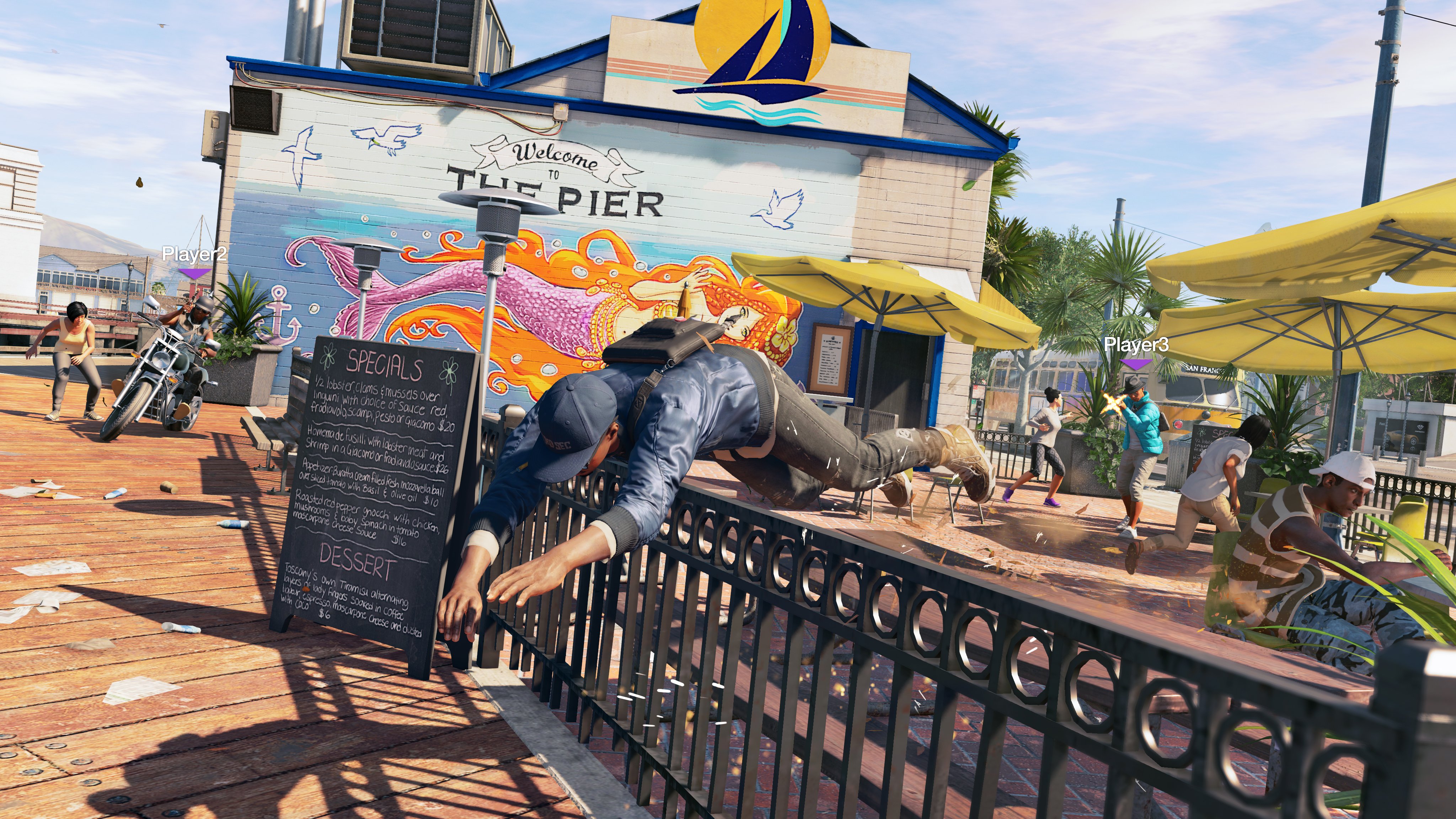
-
watchdogs-2 #12
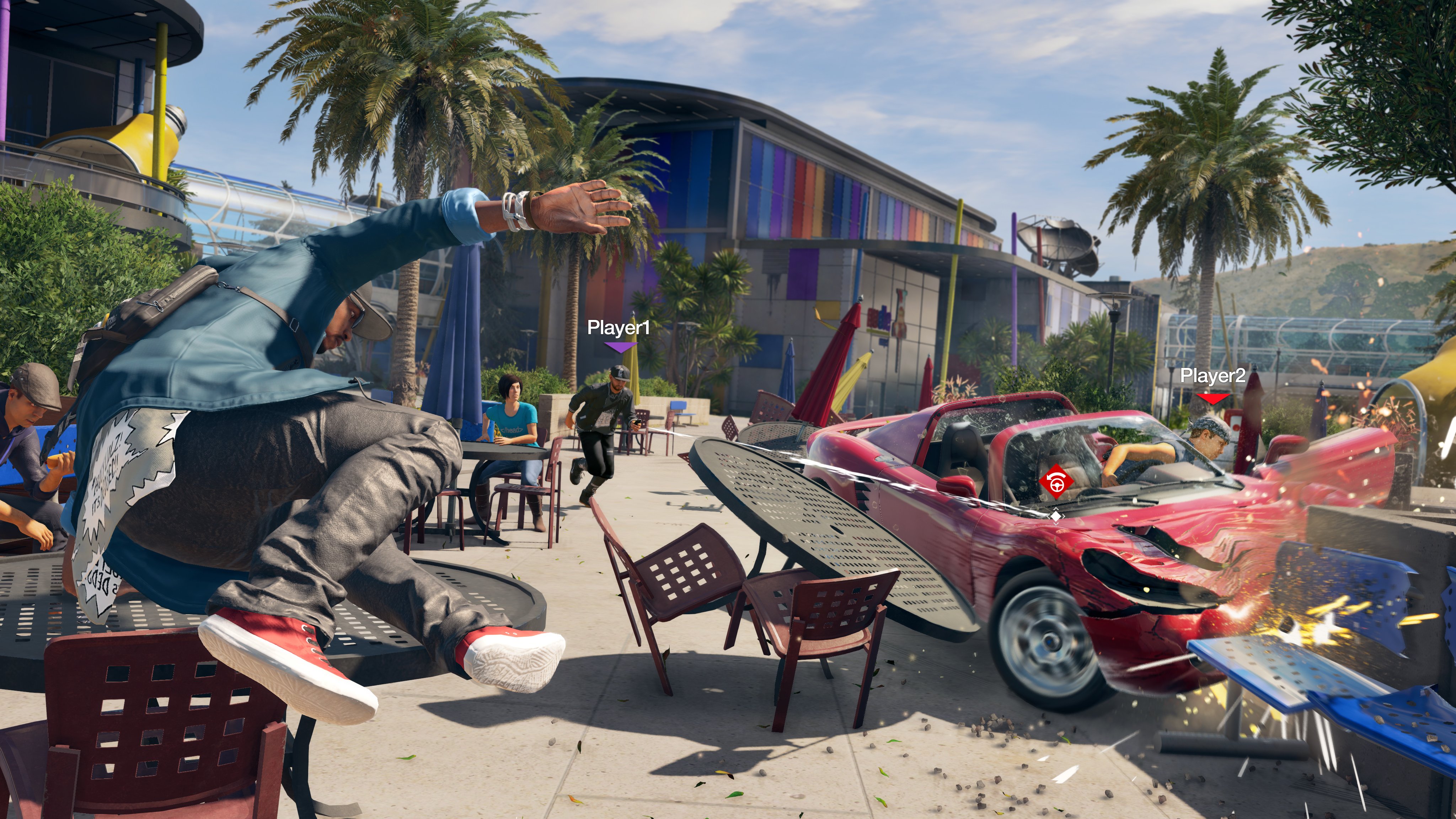
-
watchdogs-2 #13
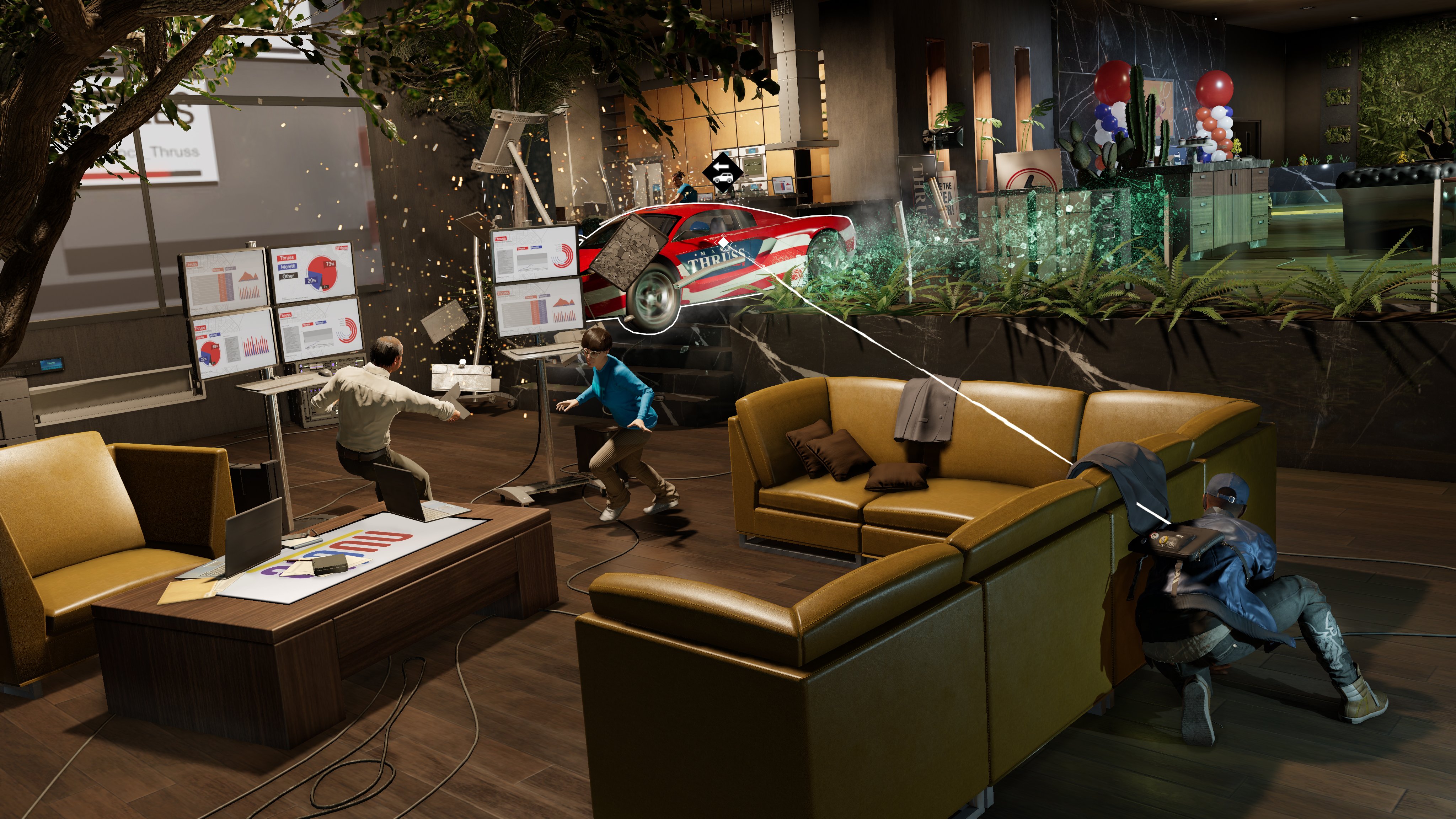
-
watchdogs-2 #14
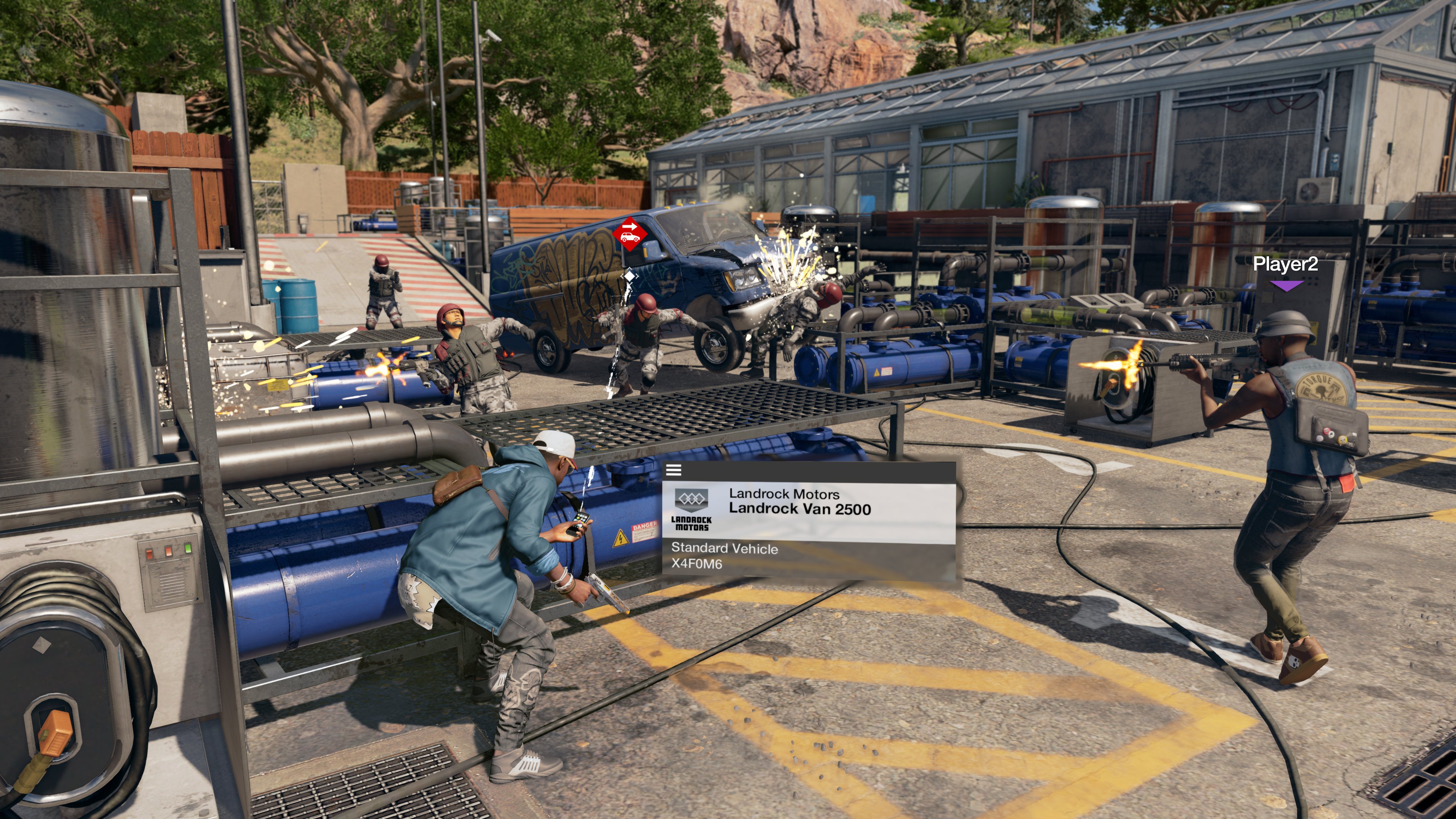
-
watchdogs-2 #15
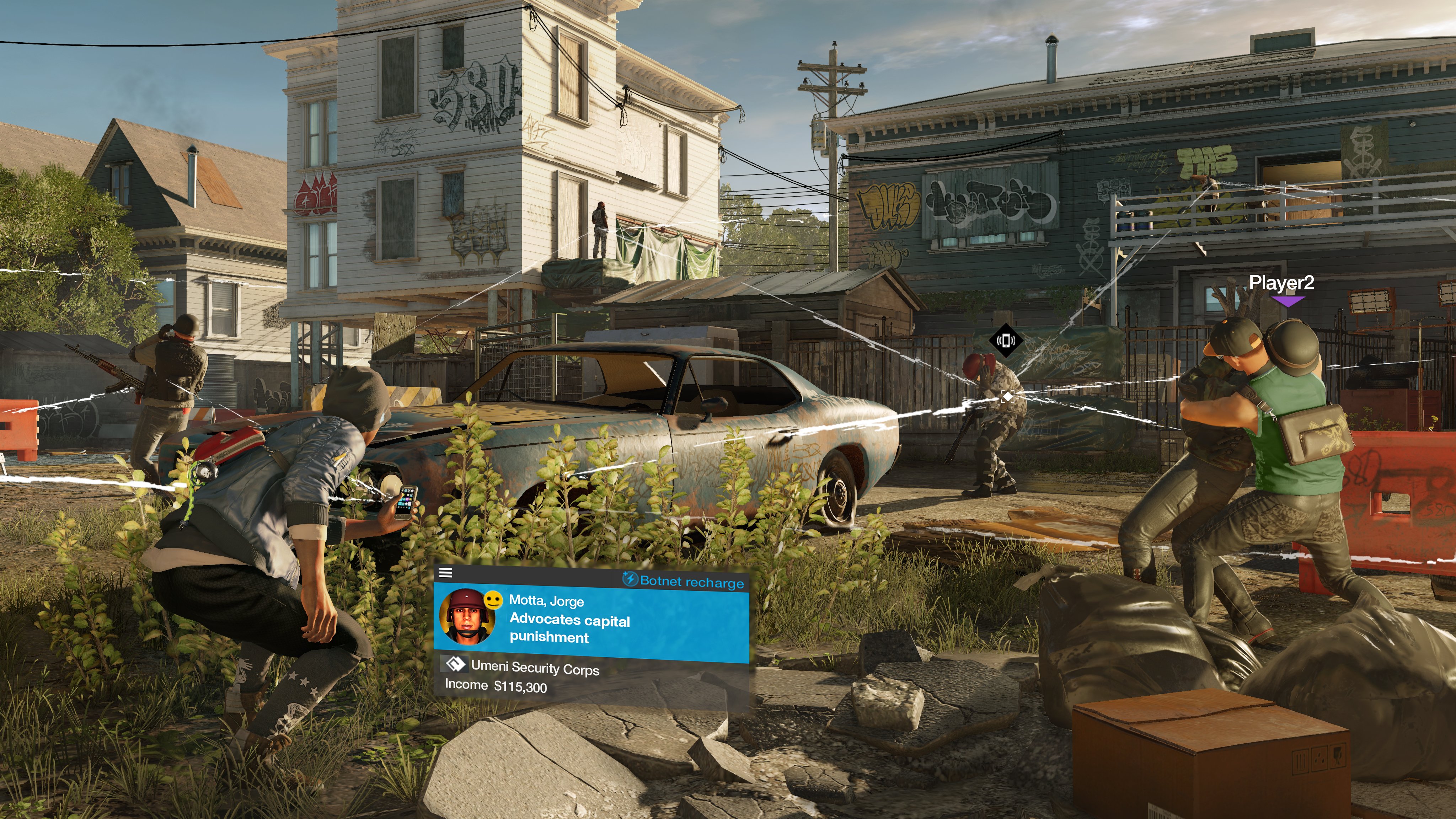
-
watchdogs-2 #16
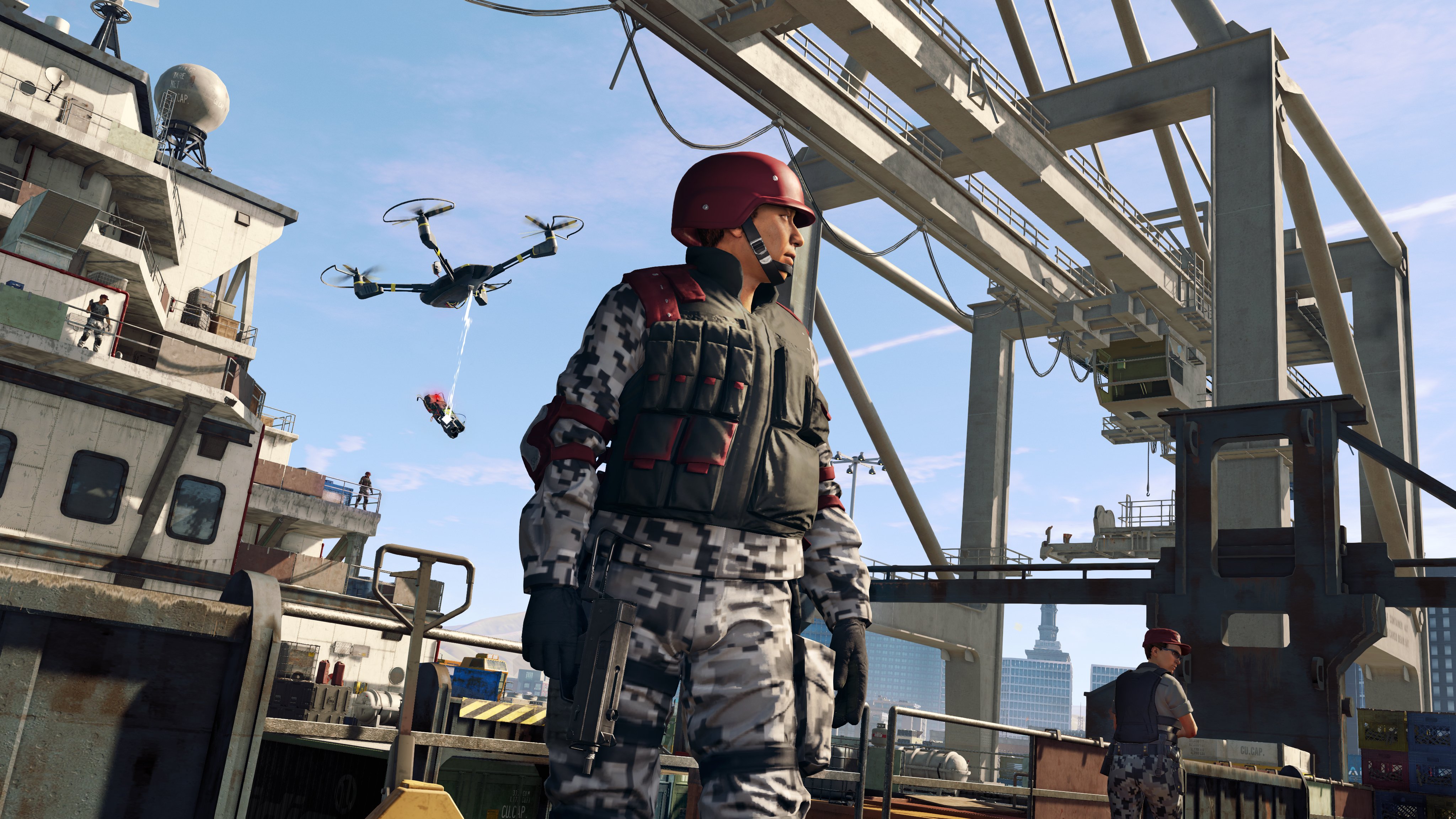
-
watchdogs-2 #17
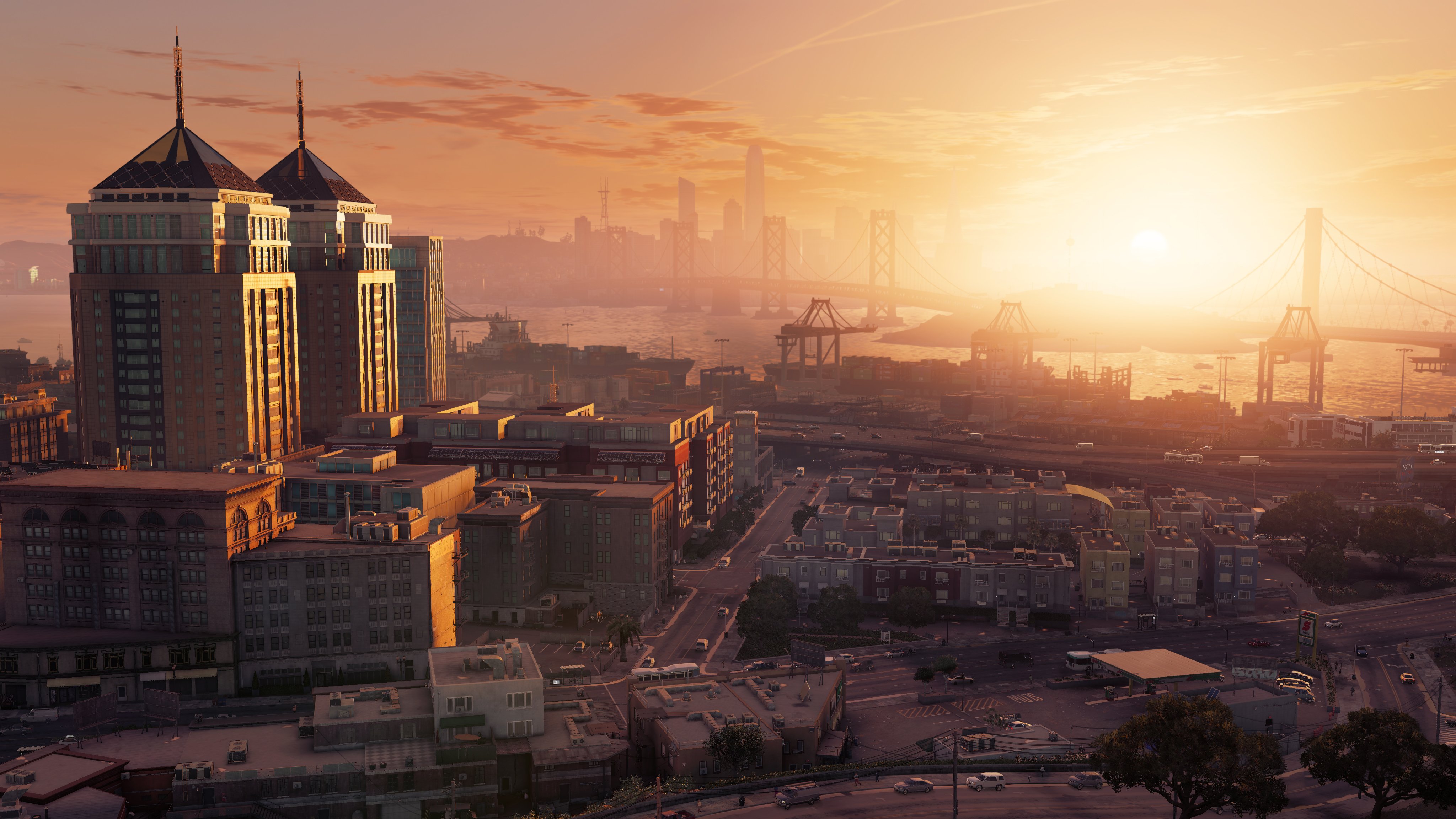
-
watchdogs-2 #18
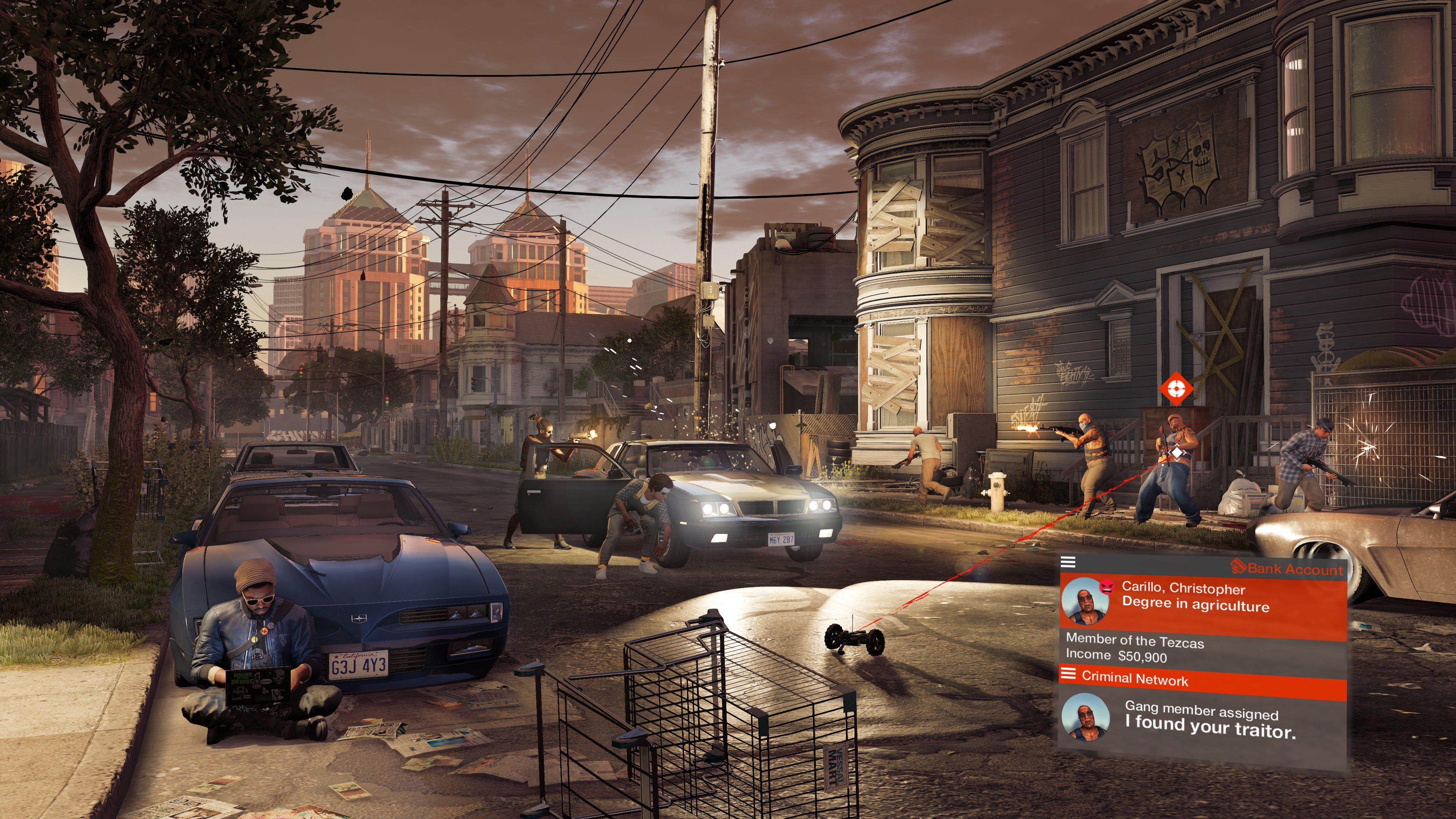
-
watchdogs-2 #19
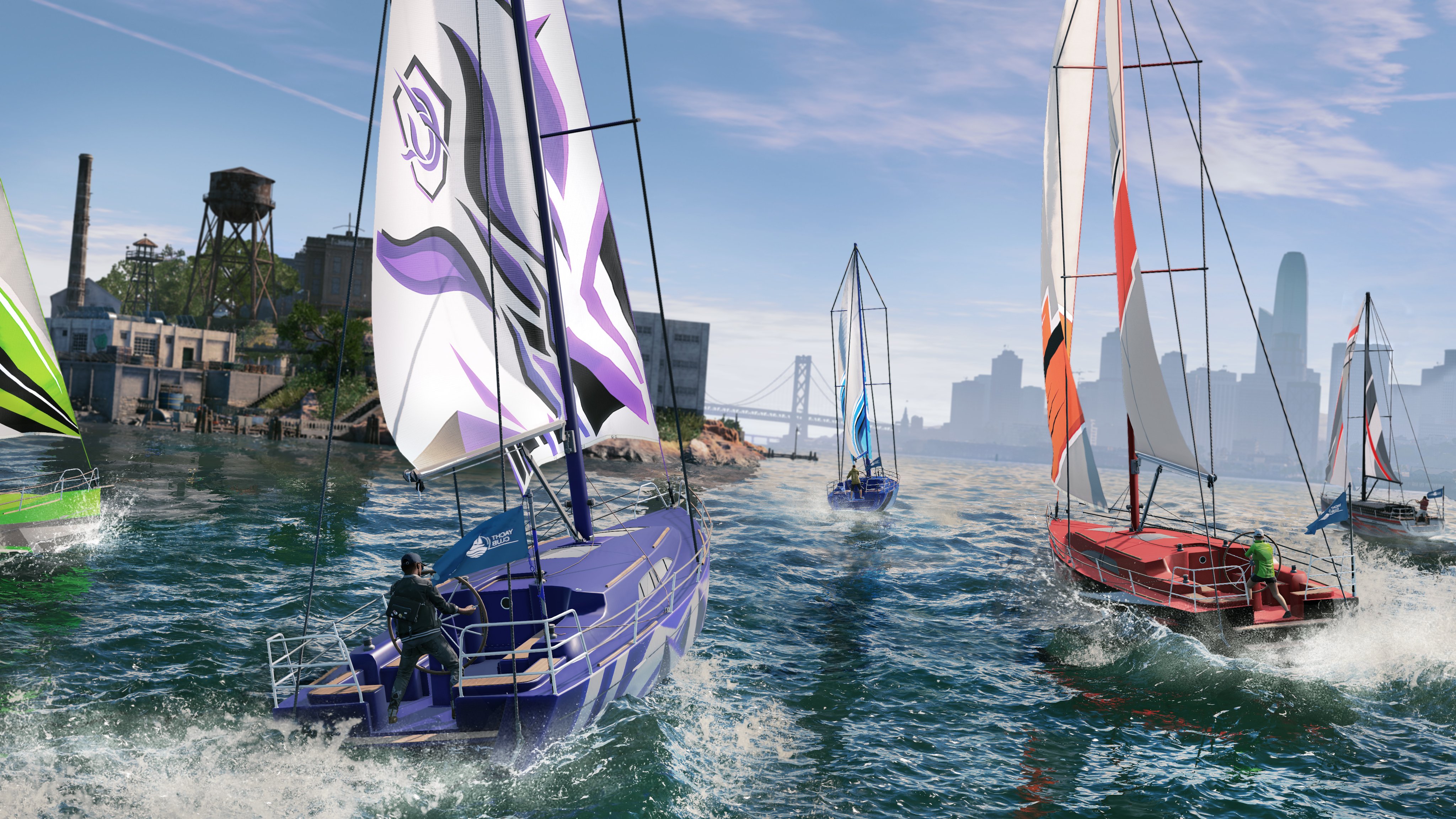
-
watchdogs-2 #20
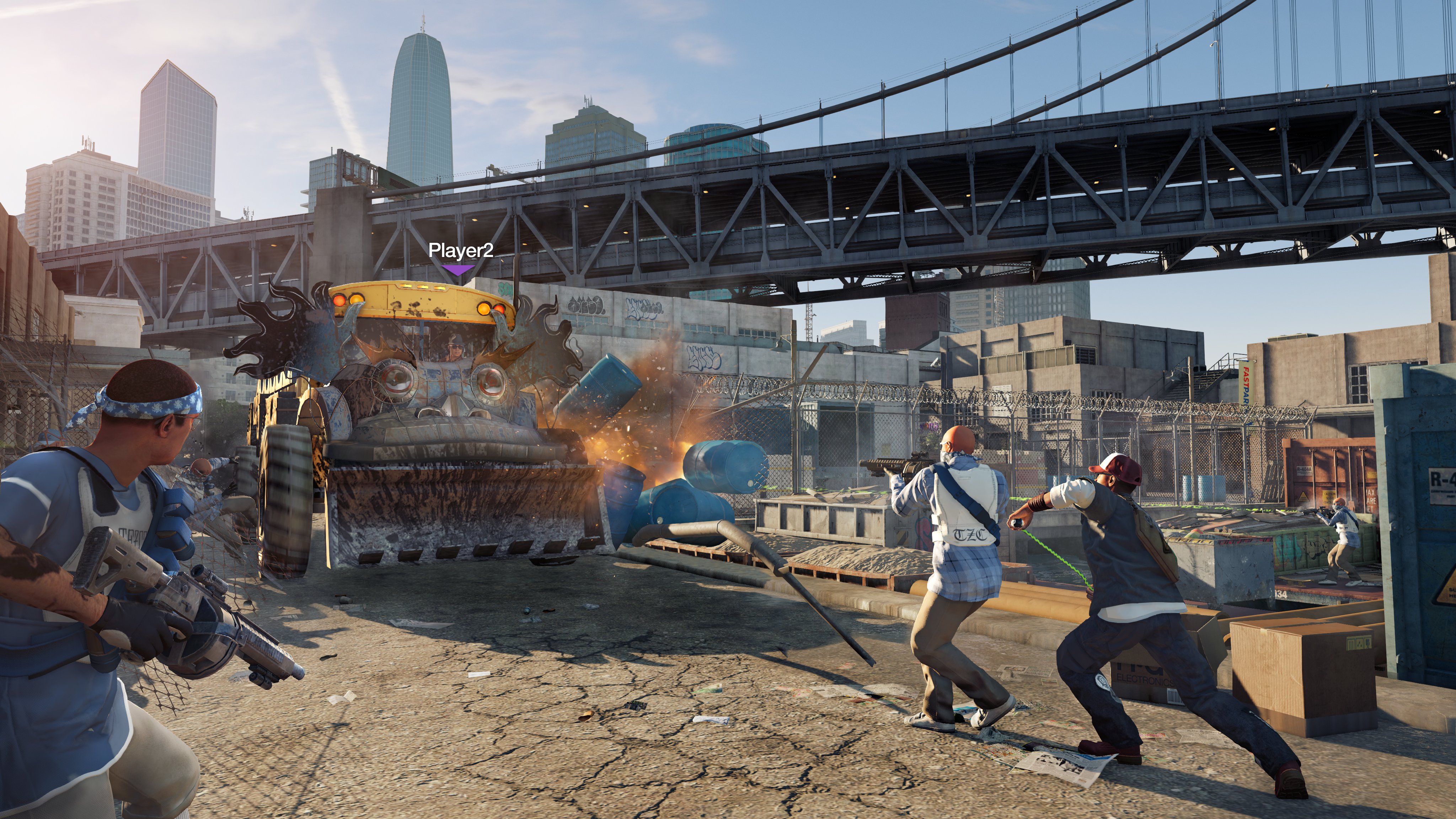
-
watchdogs-2 #21
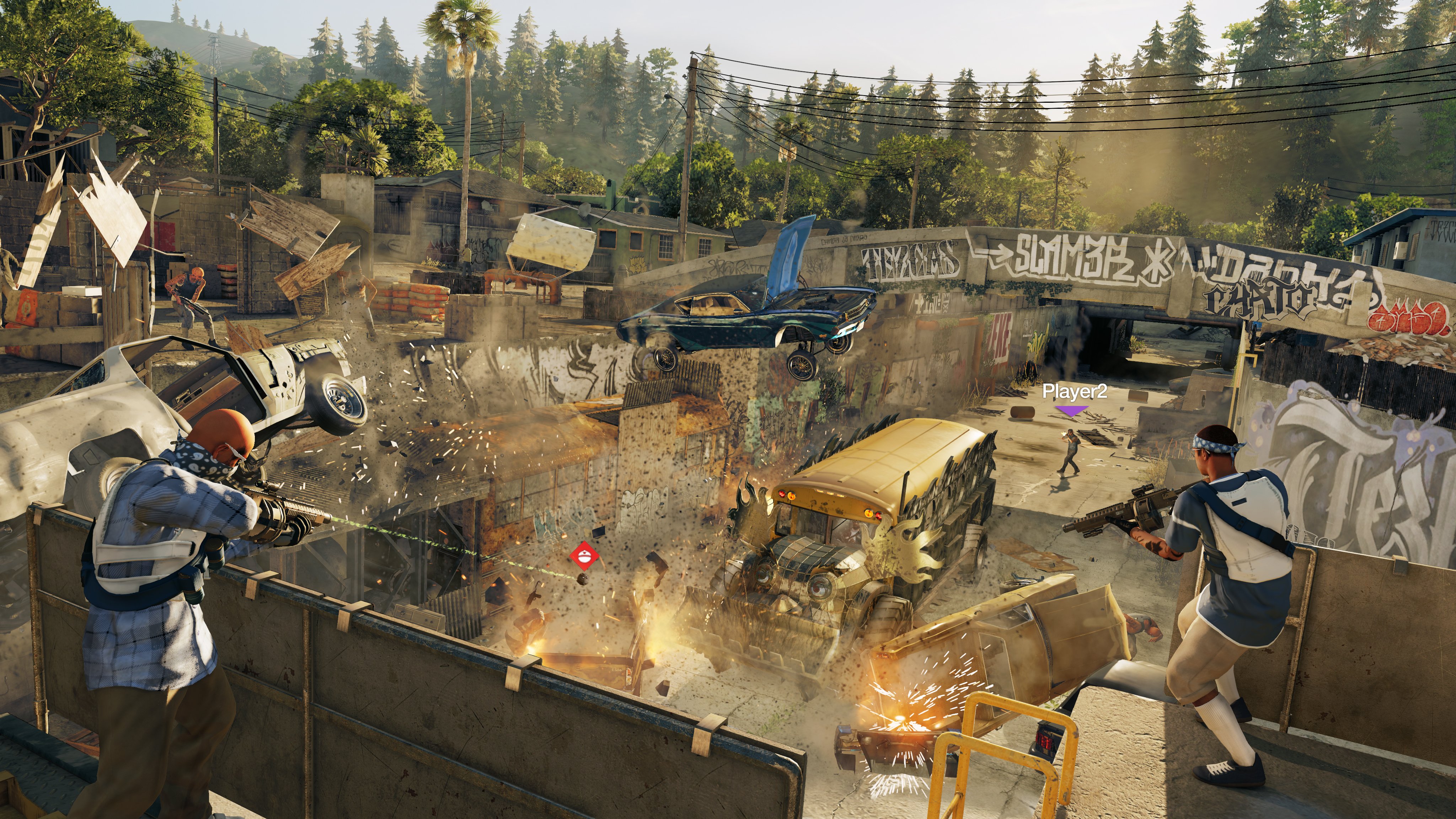
-
watchdogs-2 #22
